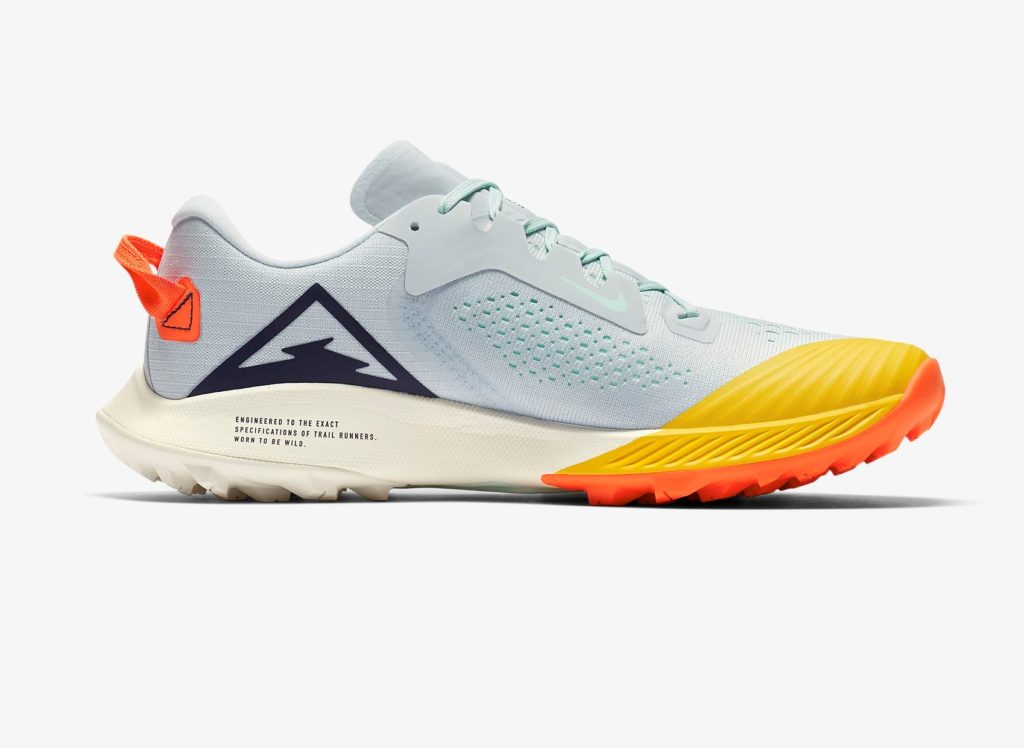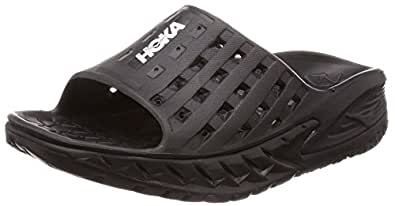
With many of our events canceled and indoor workout facilities closed, I am finding renewed gratitude for the accessibility and simplicity of running during these turbulent times. Here are my absolute favorite shoes for trail and road running, and also recovery sandals (this is a thing, and once you have a pair, you will never go back).
If you can support your local running shop, particularly now, they are always a great place to buy and to get recommendations. In Bend we have http://www.footzonebend.com/ , where I have consistently found a friendly and knowledgeable staff to assist me. If you’re looking to order online, I have often found deals (particularly on older models) on Backcountry, Zappos, and Amazon.
Note: women’s models are shown here, but all of these come in men’s versions too. “Offset” is the difference in millimeters between the shoe height at the heel area and the height at the toe area; a traditional/common offset is around 12mm. Generally a lower offset is associated with a forefoot or midfoot strike (rather than a heel strike), which is consistent with a minimalist running style.
TRAIL SHOES:
I have only one true [shoe] love: Nike’s Air Zoom Terra Kiger. I’ve always run some trail, but I started to really focus on trail mileage around 2006. At that time I just wore my road shoes, but the market and selection for trail shoes really expanded in the 2010s. My first pair of specifically-for-trail shoes were Brooks Pure Grit, and they were a great pair of shoes. And then a clerk at Portland Running and Walking Company on SE Grand Ave had me try on a pair of Terra Kigers in 2016. I was skeptical; I’ve been a runner forever, and although I’ve tried Nikes off and on over the years, they never fit right. But sometimes when you meet the right shoe, you just know. The second they were on my feet, they were perfection. And they felt even better on the trail – natural feel so I could sense the terrain under my feet, but enough cushion that rocks didn’t hurt, and super grippy soles (I don’t even wear climbing approach shoes anymore, because I feel so secure in my Terra Kigers while scrambling on rock). They also sport a comfortable toe box that you really appreciate after a few hours on your feet when all your toes resemble Vienna sausages and need more real estate. And they come in the bold, wild, candy colors I remember from the original years of Nike running shoes from the way back of my youth. I tried recently to count how many pairs I’ve had by trying to remember all the colors, and I had to stop around 8 – which I’m not sure is high enough. I usually buy two colors and rotate those shoes (which I’m doing currently), and I usually also have a backup new pair in the closet. Even before the pandemic. Because you can never have too many backup running shoes.

image: Nike.com
https://www.nike.com/t/air-zoom-terra-kiger-6-womens-trail-running-shoe-CnfDJ2/CJ0220-400
ROAD SHOES:
I must be a serial monogamist, because I’m a one-woman brand for road shoes too – Saucony. I do spice it up a little though, because I prefer one style for “Something of Substance” (SOS) workouts (race pace tempos, speedwork) and a different style for easy runs.
Saucony Kinvara 11: My go-to for SOS workouts. Neutral shoe with the just-the-right-amount of cushion and firmness. I think it speaks a lot to how well designed this shoe is that I, with narrow flat feet and a preference for more minimal shoes, can wear this style happily but so can my wide-footed, high-arched husband. I will say that I don’t love the Model 11 as well as past versions; for some inexplicable reason they made the toe box narrower (and again, I have narrow feet, so that’s saying something) and the cushion isn’t quite as well distributed. That said, it’s like looking at your 98% perfect spouse and complaining. So I’m not complaining, in case that isn’t clear.

image: marathonsports.com
note: this is the Boston 2016 edition (Kinvara 7, which was my preferred model for this shoe)
Saucony Freedom 3: Another gem from Saucony’s neutral line, my go-to for easy road runs and anytime I want to walk around. These are HEAVEN. It’s like having little pillows of joy strapped to each foot. I don’t have great natural running form and I’m stiff, so when I tried these for faster runs they didn’t feel firm enough, but if you have better biomechanics, you may like them for speed workouts too. That said, I can happily run up to 12 miles or so in these without a care in the world as long as I’m at a moderate pace.

image: prodirectrunning.com
RECOVERY SANDALS:
I would recommend the Hoka One One Ora Recovery Slide to anyone. The aesthetic is solidly orthopedic, so you’re not going to win any America’s Next Top Model competition in these bad boys, but your feet will be so happy, you won’t even care. When your feet are covered in blisters and hot spots, these are the shoes to wear. When your feet and ankles are tired from tough workouts, these are the shoes to wear. Mine are two years old and have held up well, which made the high ticket price worth it; they are an investment in my foot/leg recovery.

image: amazon.com






